Data-Driven Approach for Rapid Response to Noise Complaints
Authors:
Duke Sung Hoon Yang, Qinyu Goh, Sam Ovenshine, Siddhanth Shetty, Zoe Martiniak
Supported by:
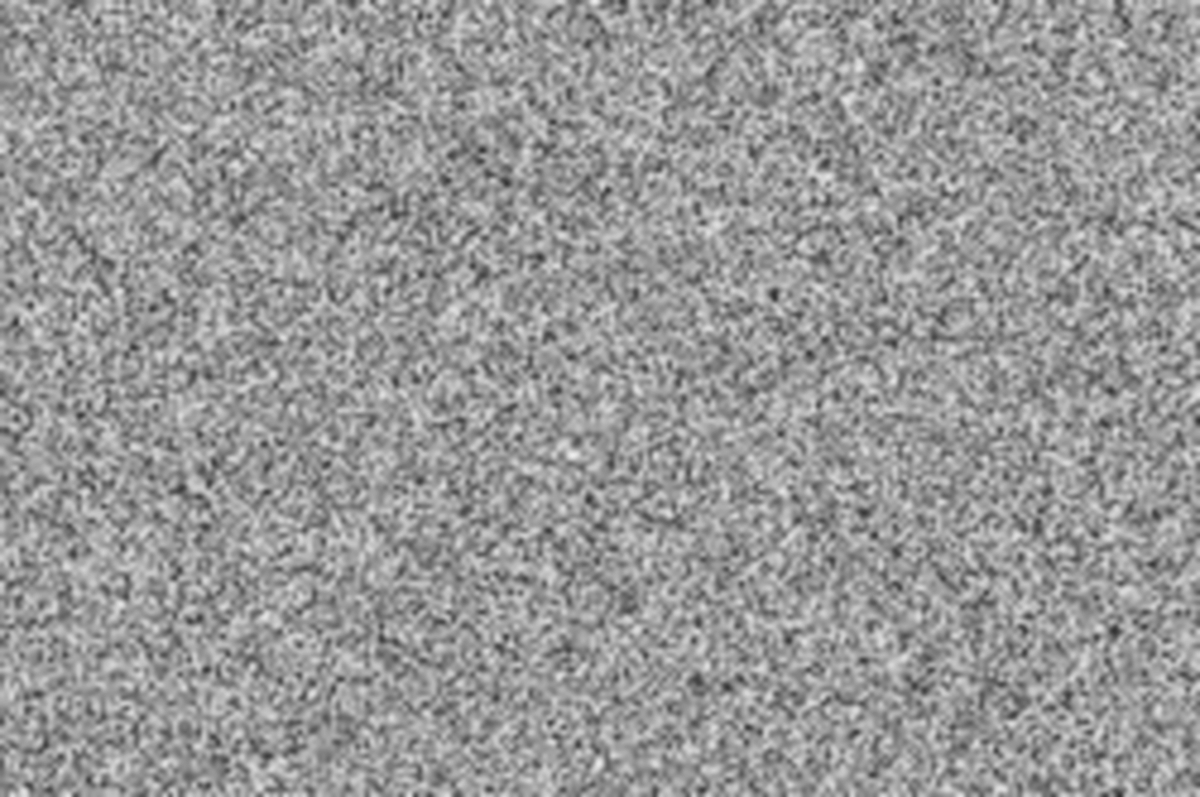
The New York Polic Department (NYPD) handles noise complaints involving people to people interactions.
New York City Department of Environmental Protection (NYC DEP) handles complaints relating to equipment or repeating noise.
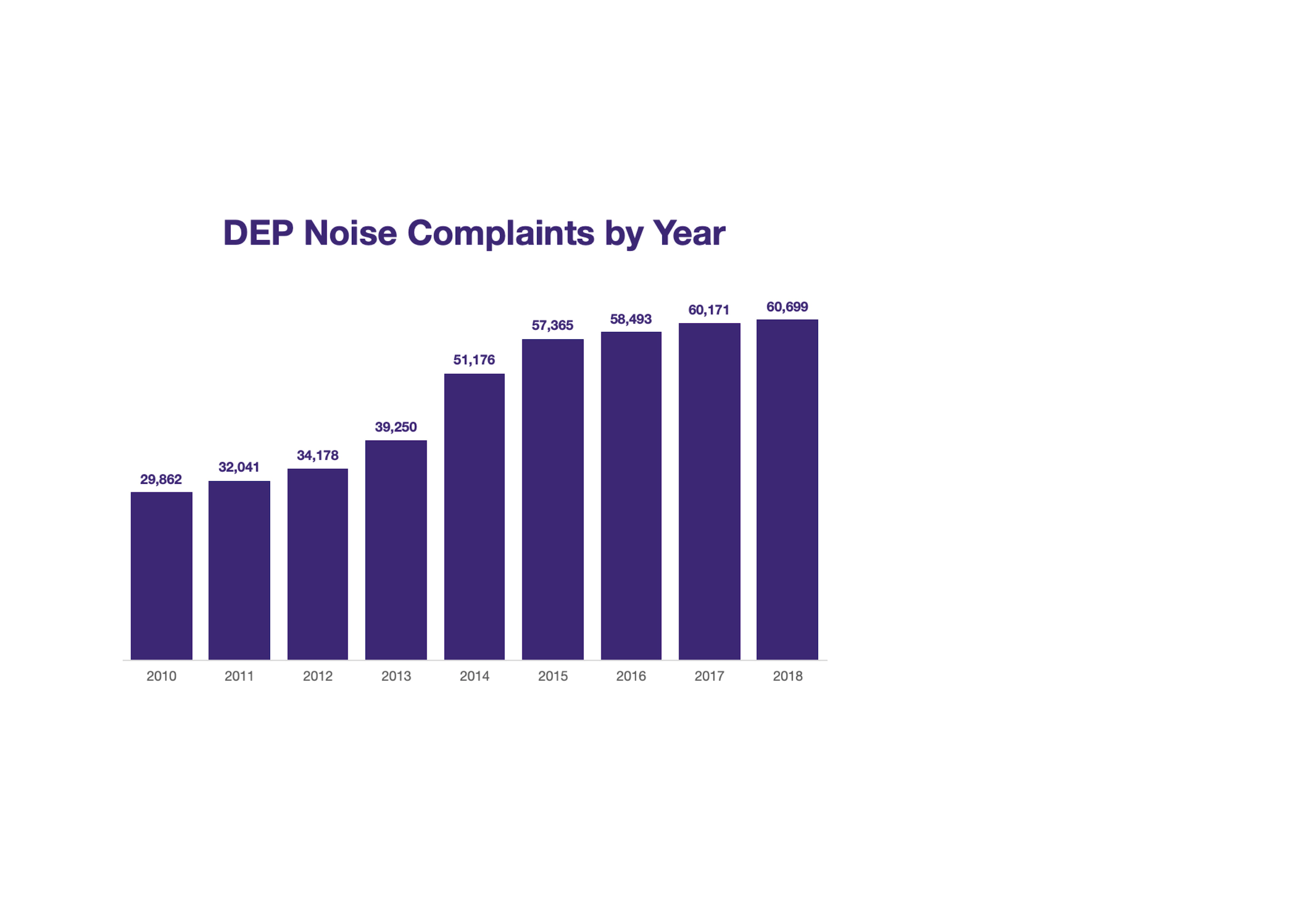
Noise complaints have increased by 20% since 2014. Enforcement of the noise code has been hampered due to inability to handle sheer volumes.

A Long short-term memory (LSTM) Neural Network model was developed with 49 spatiotemporal features including weather and after-hour variance permits, as well as 28 autoregressive features.
Overall, the NN provided a good estimate of the true standardized mean but failed to capture spikes in complaint variance. Our findings suggest that a NN model can learn the baseline volume (including periodicity) of complaints within targeted spatial regions but struggles with predicting specific complaint clusters.
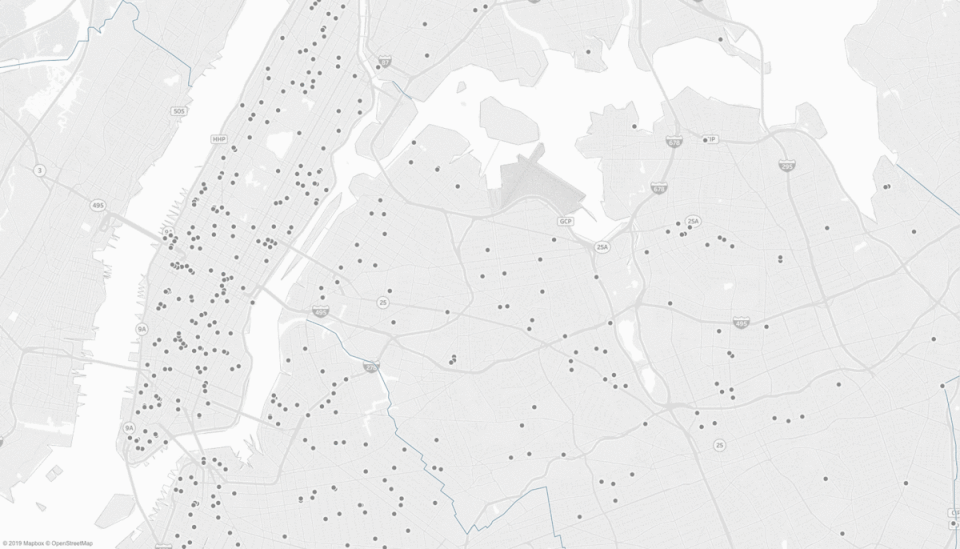
To optimize the inspector's response to current backlog of open complaints, we originally used the ST-DBSCAN method to cluster complaints within fixed temporal and spatial constraints. With discussion with the spinsors, we discovered that an interactive heat map for visualiation was preferred over this clustering method.

We trained a random forest classifier on 311 complaint outcomes from 2016 and tested on July 2019 complaints. A probability score was assigned to each complaint based on its likelihood of enforcement. We optimized for model recall based on sponsor preference. In evaluation, the model precision was 9.3% and recall was 91.1%.
Thank you to our mentors and sponsor!
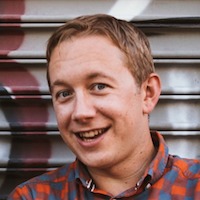
I am a Senior Research Scientist at NYU’s Center for Urban Science and Progress (CUSP), the Music and Audio Research Laboratory (MARL), and an Engineering Lead in the NYU Immersive Audio Group.
Vincent Lostanlen is a postdoctoral researcher affiliated to the Cornell Lab of Ornithology, and is currently visiting both the MARL and NYU’s Center for Urban Science and Progress (CUSP).
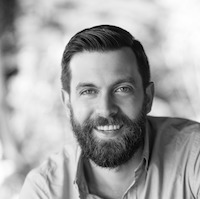
Mark Cartwright is Brooklyn-based computer scientist and musician. He is currently a Research Assistant Professor in NYU’s Department of Computer Science and Engineering with affiliations to NYU’s Music and Audio Research Lab and the Center for Urban Science and Progress.
